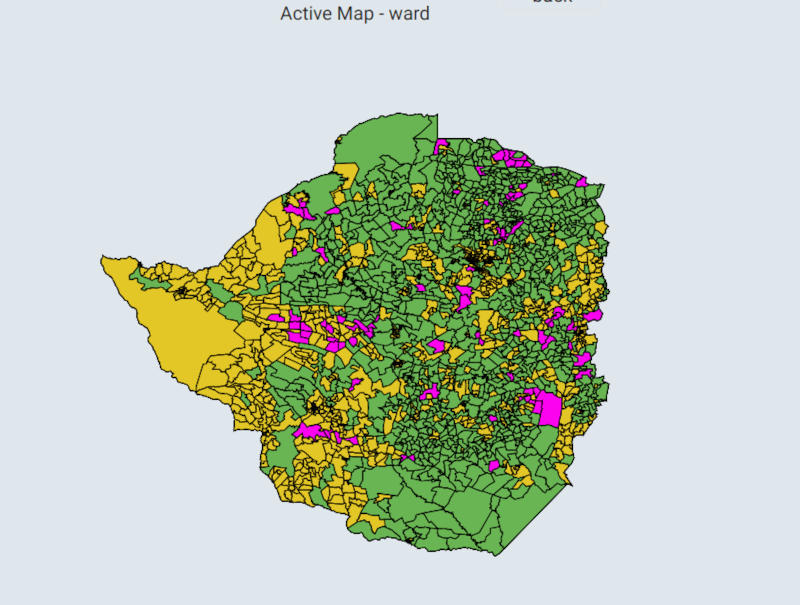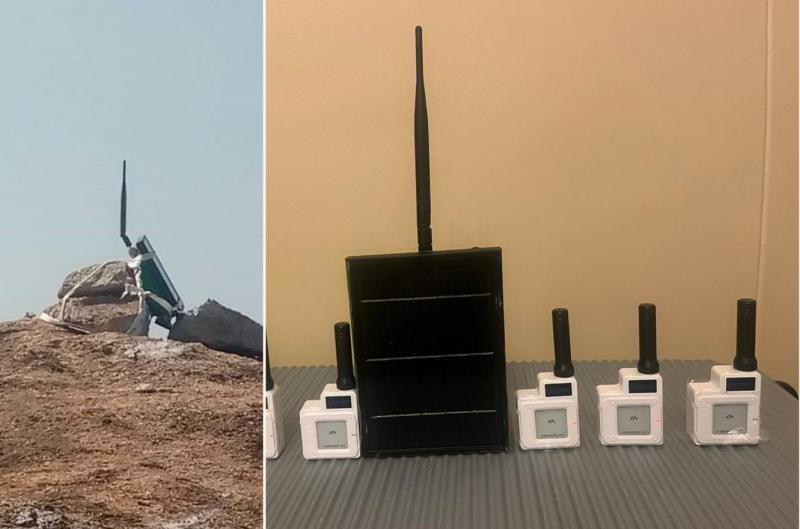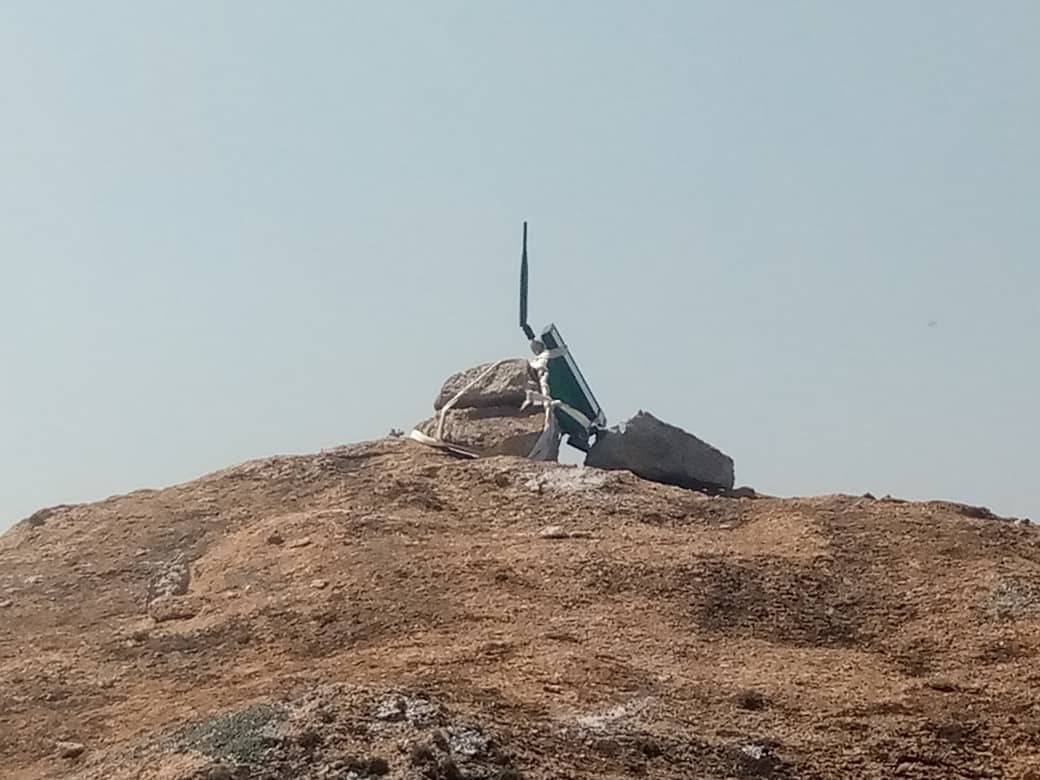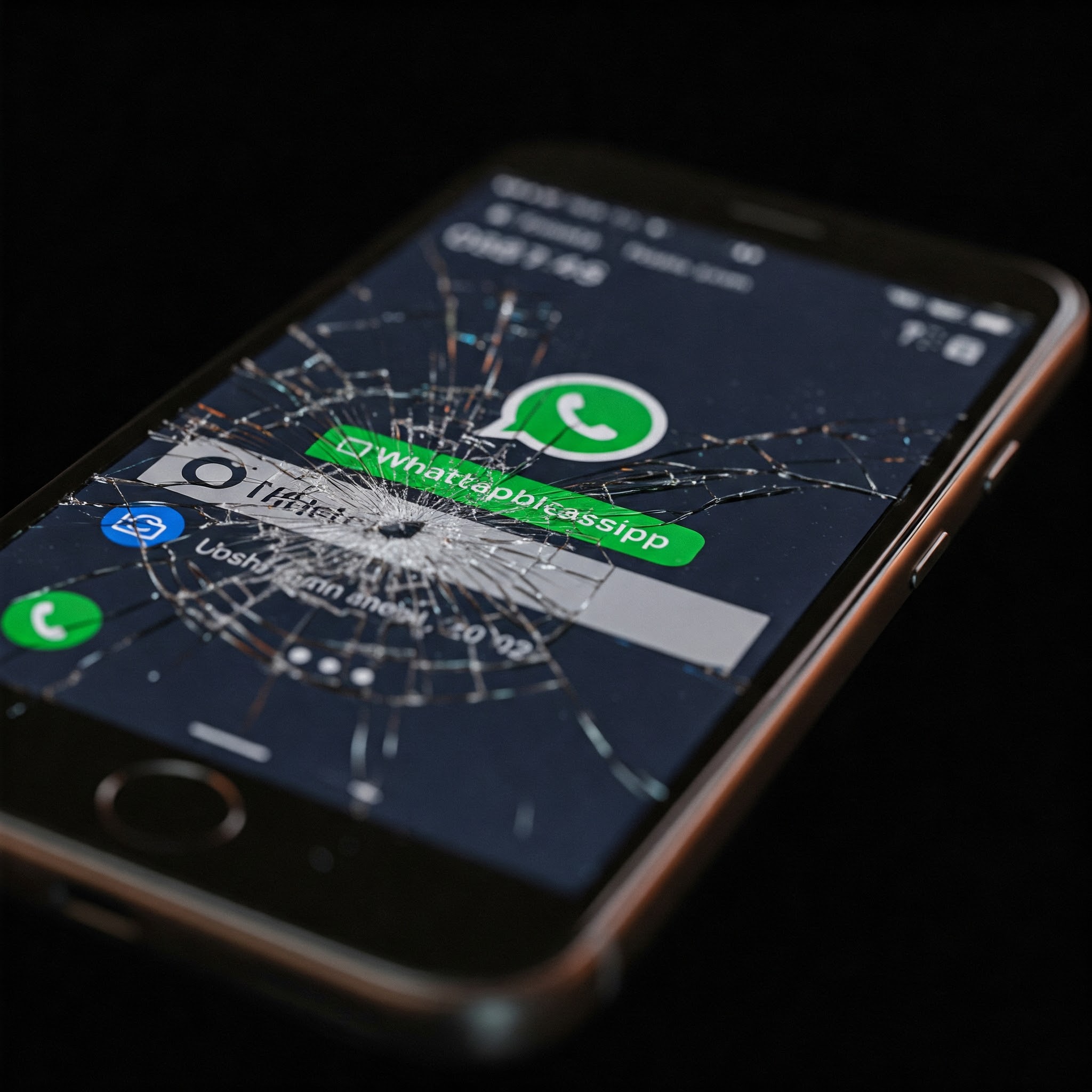Leading up to the elections we talked about the DemoVox Parallel Vote Tabulation (PVT) system. It was supposed to tally up the results of the election and compare it to the official results published by the Zimbabwe Electoral Commission.
The elections came and went and ZEC announced ED as the winner. Does the parallel vote tabulation agree with this? Nope.
Yesterday, Freeman Chari announced that they had processed 11,872 V11 forms and only had 502 remaining. Even before processing the remaining forms, their parallel count showed that Chamisa had received more votes than the ZEC had claimed.

Green = ED, Yellow = Chamisa, Pink = Outstanding
How did the PVT work?
It relied on CCC agents and the general public sending V11 result information from all polling stations. Some sent this information in the form of pictures of the actual V11 forms while some sent in the results as text.
According to Chari, some of the pictures sent in were of so poor quality their optical character recognition software could not make sense of it such that they had to manually enter that information. That’s one of many reasons it has taken longer than they anticipated to get their totals.
One of the interesting bits about the PVT is that they claimed the system would work even if there was no internet. We were curious to see how that worked and Chari kept his promise to reveal how they achieved that.
Meshtastic
Meshtastic is a project that enables you to use inexpensive LoRa radios as a long range off-grid communication platform in areas without existing or reliable communications infrastructure…
The radios automatically create a mesh to forward packets as needed, so everyone in the group can receive messages from even the furthest member. The radios will optionally work with a phone, but no phone is required…
Each member of the mesh can send and view text messages and enable optional GPS based location features.
LoRa stands for Long Range. It is a low-power, wide-area networking technology that uses spread spectrum modulation techniques to achieve long-range communications. LoRa is designed to operate in unlicensed spectrum bands, making it a cost-effective solution for a wide range of applications.
All this made it ideal for use in transmitting the kind of data the PVT needed. Seeing as two-thirds of the Zimbabwean population is in rural areas and without access to electricity, the radios used by the PVT had to be low-power.
The use of unlicensed spectrum bands was also essential as getting a licence from the Potraz was a non-starter for this kind of use. Aside from the cost being prohibitive, the chances of getting the licence were slim. At least I think so.
Chari says they used the “unregulated 915MHz frequency.” The Zimbabwe National Frequency Allocation Plan V2 of 2021 says 915MHz is reserved for mobile and is mainly used for GSM.
Then comes the long-distance part. The longest transmission record using Meshtastic is 254km between nodes.
Chari says they deployed solar powered-repeaters on 72 mountains in Zimbabwe over the past 2 years. That should be enough to cover the whole country.

Source: Freeman Chari on X
The radios used by the PVT were also affordable, which was another important factor for their success in Zimbabwe. Chari said that the repeaters can cost as little as $17 each.
Post-election use
He also says they configured the repeaters to communicate with any other repeater, meaning you can utilise the network they created for your own needs. You need only invest in a few $17 repeaters.
Chari wants the mesh to be used post-elections. He envisions it being used as a disaster communication system during Cyclone emergencies, by hikers and everyone in between.
He even thinks it would be worthwhile to integrate it with Starlink and also allow the sending of text messages via satellite.
I am sure many of you already know what kind of use we could have for such a network. Chari gives this example, “…for less than $50000 the Met Dept can deploy temp & humidity sensors across the country and receive this info in their offices. Farmers can deploy these to control their irrigation remotely…”
I would be excited to learn about other innovative ways to use low-cost transmission networks like these.
Global use cases
We can learn a lot about the potential of Meshtastic by looking at how it is being used in different parts of the world:
- The Tararua Tramping Club in New Zealand: The Tararua Tramping Club is a hiking club that uses Meshtastic to communicate with each other while they are on the trail. This allows them to stay in touch in case of an emergency, and it also allows them to share information about the trail conditions.
- The Sea Shepherd Conservation Society: The Sea Shepherd Conservation Society is an environmental organization that uses Meshtastic to communicate with its ships while they are at sea. This allows them to stay in touch in case of an emergency, and it also allows them to coordinate their activities.
- The Humanitarian OpenStreetMap Team: The Humanitarian OpenStreetMap Team is a volunteer organization that uses Meshtastic to map areas that have been affected by natural disasters or conflict. This mapping data can be used to help with relief efforts and to rebuild communities.
- The Citizen Science community: The Citizen Science community is a group of volunteers who use Meshtastic to collect data about the environment, public health, and other topics. This data can be used to improve our understanding of the world and to make better decisions.
Also read:
A new system that will verify election results in real-time to be legally deployed by CCC
No, the Zimbabwean govt has not disrupted the internet ahead of election day, it’s something else














Comments
5 responses
You can expect the heavy hand of Tyranny, to descend like a tonne of bricks upon anyone found anywhere near, or remotely linked to any Meshtastic tech
Wait a minute….? So many questions.
First the map, Am i reading it wrong or does it seem to have a lot more green than yellow?
Secondly…. At each voting station, who was in charge of relaying the V11 information? Why, well, its here where there is potential for all sorts of problems , relying on people is a problem. Maybe they deliberately passed on incorrect information or mistakenly did so. Yah… the loRa stuff is cool but the so called parallel tabulation process of it, does not pass the sniff test in my opinion.
They should have had modalities in place to ensure accuracy of the information. And the stuff about the low quality images points to a system that was not tested before being rolled out. I think if they had done some sort of test run they would have realized the weaknesses.
Is this the basis for CCC’s claims of victory, because i doubt it will stand up in court. Maybe if they had clear images of all V11 forms, but still its a long, long shot. Plus the fact that its taken a while for them to process and release the data. Critics could argue it provides ample opportunity for anyone to “photoshop” the whole thing.
Hi, Hopefully I can answer a few of the questions based on my own interpretations at least.
1. I agree with you, the map does look more green than yellow. However, I do believe the information isn’t complete yet. One of the things that wasn’t mentioned was whether the highlighted areas represented just the elections for the presidency or the elections for the mp and the council person. The reason why I mention this is because of a common theory amongst political pundits like Kuda Musasiwa who believe voters this time around may have mixed and matched their candidates, i.e Zanu PF Councilperson/MP and CCC President or vice versa.
2. At each polling station, there were agents from at least 1 of the political parties as well as officials from ZEC to process the information. The parallel tabulation driven by the citizens initiative, is meant to verify that same information against other sources such as the voters roll from ZEC and the political parties, V11’s & V23A’s etc. Yes its possible for someone to provide bad data individually but it has to be confirmed against multiple sources to verify it including other citizens themselves.
For me though what I am interested in is the speed aspect of it, there I need more details and I believe that is the key to this.
did you know CCC didnt field polling agent in all the polling stattions. so who authenticates the information provided from such poling stations where non of their people signed the V11
Before elections the ccc guys were saying zanu pf does not have a chance of rigging this election. Even Chari and Pachedu said Mandla would catch Zec out…what happened after? Your guess is as good as mine